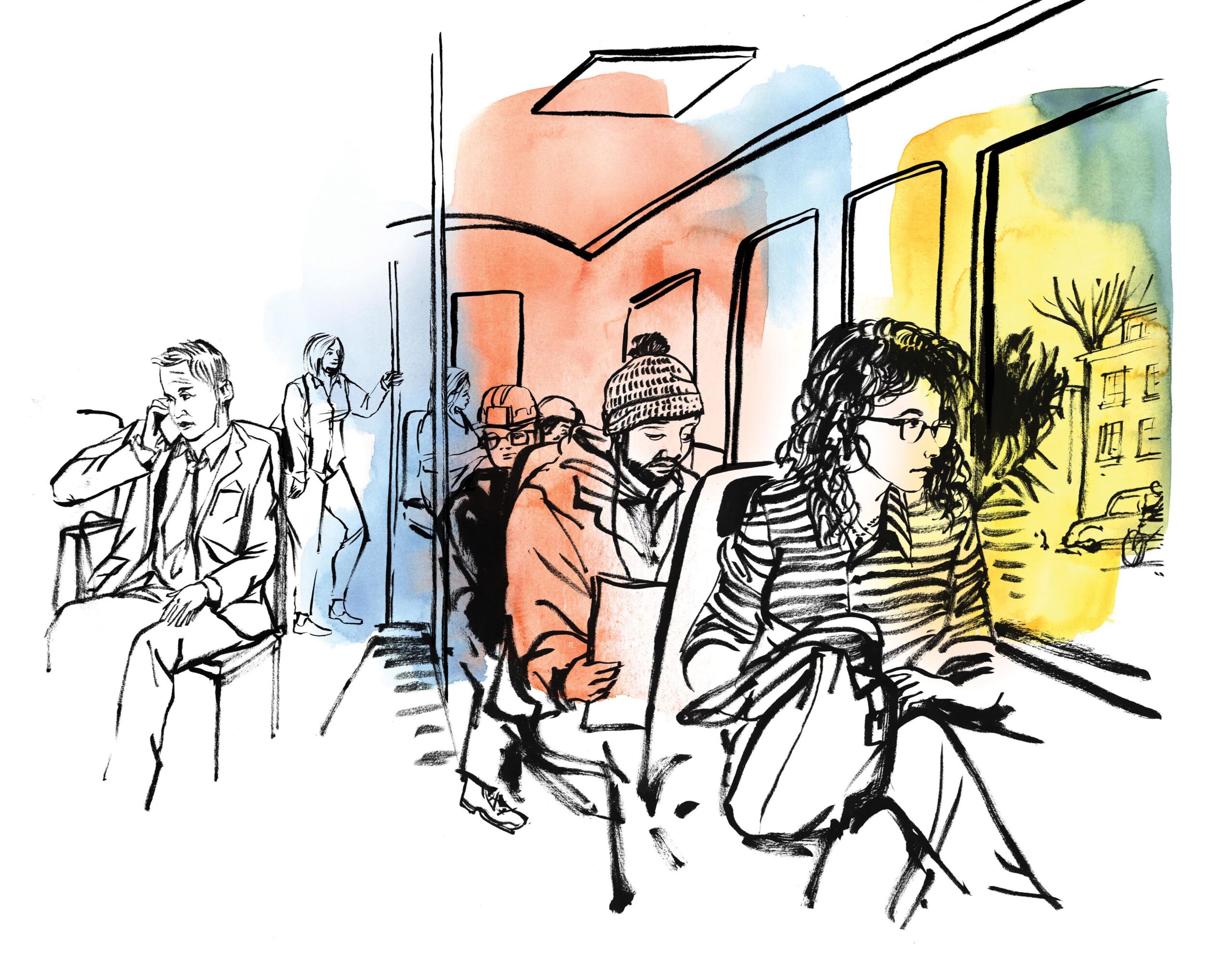Faith may be the evidence of things unseen — but that can’t mean efforts to visualize theology have to fall by the wayside. As Lawan Glasscock, executive director of Christians in the Visual Arts (CIVA) points out, the Bible’s references to “seeing” outnumber the times it mentions “hearing.”
CIVA, which was founded over 40 years ago by Christian art creators who felt out of step with the wider arts community, is an organization where a love for Christ can be the catalyst for a life of artistic achievement, excellence, and curiosity. The ecumenical nonprofit’s globe-spanning membership draws translators, collectors, curators, painters, sculptors, filmmakers, and media art makers, all of whom share a deep devotion to following Jesus.
Glasscock describes the organization’s membership as “like-hearted (not necessarily like-minded) people, who in their hearts want to share their experiences and be there for each other.” For these members, the artistic impulse is steeped in something deeper than a muse, arching continually toward the divine.
This yearning for spiritual maturity is a common thread that connects CIVA’s makers and collectors, bridging the gap between different styles and applications of art. While other art collectives are bound by a sense of aesthetic or single driving philosophy of art’s purpose, members of CIVA are connected by their brotherhood as believers.
This environment of fraternity is one that Glasscock says is a natural fit for partnerships with churches looking to communicate more visually. As many denominations recognize, visual language has an impact that’s not easy to quantify, but is no less important. “Just as much as there is a language coming from the pulpit, you also have to be careful about that non-cognitive language that comes from the visual around them,” Glasscock says. “We are happy to take [a church’s] hand and walk them to resources and connect them to people who can help them.”
By continuing to break down the perceived barriers between the Christian community and the art world, CIVA is allowing artists to feel more fully themselves, and to create more holistically. This leads to greater accessibility for Christians interested in art, as well as an erosion of other binaries — like the classifications of “high” vs. “low” types of art. For longtime art aficionados or younger generations who simply crave access to what’s pure and good and beautiful, CIVA offers a glimpse into the spiritual transformation art can offer.

Urban Stations by Steve Prince
An artist who uses a printmaking technique known as linecutting, Prince brings a spiritual sensibility to this series displayed in Sojourn Church Midtown.
It’s a twist on the traditional Stations of the Cross. Michael Winters, the Sojourn Arts director, photographed the pieces.

Meditations by Mary E. Morgan
Mixed media artist Mary E. Morgan brings the influence of collage and color theory to the canvas with this work. She says her work is “a combination of inner and outer world forces” and “a reflection of her soul.” Combining drip-style acrylic and watercolor painting methods with bold, black strokes, “Meditations” creates a visual kaleidoscope, with different opportunities for interpretation each time you view it.

“Angelo” by Jason Leith
“Angelo” is an etching on found objects by Jason Leith, part of the artist’s Sacred Streets series. Since 2008, Leith has sought to find meaning at the intersection of “humility and the sacred.” This portrait, etched onto a found cupboard door and combined with other objects, uses the iconography and symbolism traditionally used for portraits of heroes of the faith to depict Angelo, a talented lyricist who passed away in 2014 while living on the streets of Skid Row. The enigmatic image of Angelo looking out from the weathered etching reminds the viewer of the imago Dei in every human. You can view all 12 portraits at SacredStreets.org.





